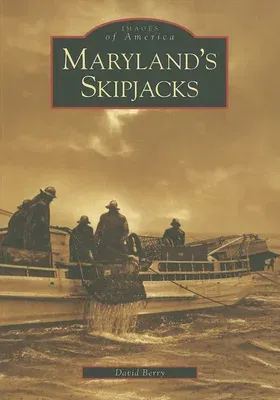David Berry
(Author)Maryland's SkipjacksPaperback, 26 May 2008

Qty
1
Turbo
Ships in 2 - 3 days
In Stock
Free Delivery
Cash on Delivery
15 Days
Free Returns
Secure Checkout

Part of Series
Images of America
Part of Series
Images of America (Arcadia Publishing)
Print Length
128 pages
Language
English
Publisher
Arcadia Publishing (SC)
Date Published
26 May 2008
ISBN-10
0738553638
ISBN-13
9780738553634
Description
Product Details
Author:
Book Format:
Paperback
Country of Origin:
US
Date Published:
26 May 2008
Dimensions:
23.32 x
16.87 x
0.97 cm
ISBN-10:
0738553638
ISBN-13:
9780738553634
Language:
English
Location:
Charleston, SC
Pages:
128
Publisher:
Weight:
322.05 gm